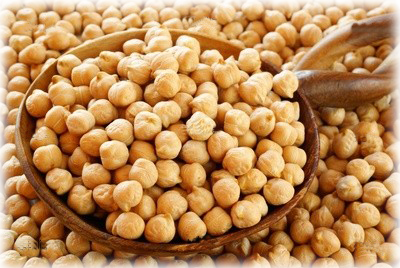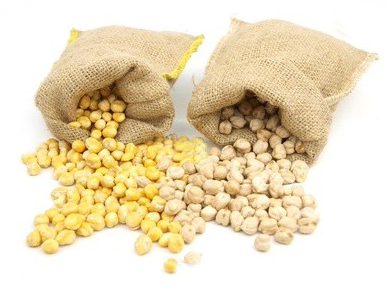|
|||||||||||||||
 
Chickpea is a highly nutritious pulse and places third in the importance list of the food legumes that are cultivated throughout the world. It contains 25% proteins, which is the maximum provided by any pulse and 60% carbohydrates. There are mainly two types of chickpea produced i.e. Desi and Kabuli. They can be separated on the basis of their following features • Desi chickpea – These are split peas and are relatively smaller in size having a thicker seed coat. They appear dark brown in color and they can be used and served in many ways. • Kabuli Chickpeas – Kabuli chickpeas have a whitish-cream color and are relatively bigger in size having a thinner seed coat. They are generally used in soups /salads or as flour. The world’s total production of chickpeas hovers around 8.5 million metric tons annually and is grown over 10 million hectares of land approximately. The Desi type chickpea contribute to around 80% and the Kabuli type around 20% of the total production. India is the largest producer of this pulse contributing to around 70% of the world’s total production. Desi type chickpeas largely dominate the ratio of production in India. Specification Undersize : 10-15 pct passing under the sieve |
|||||||||||||||
| Home | Profile | Quality | Appraisals | | | | | | Sitemap | Contact Us | |||||||||||||||
| ©2011 reserved Copyright Gagan Impex. | Powered By www.meritinfo.com | ||||||||||||||

